Hi there, pet lovers! 🐦
Lorikeets are among the most vibrant and captivating parrots you can bring into your home. Known for their dazzling rainbow-colored plumage, playful personalities, and curious intelligence, these energetic birds can easily capture anyone’s heart. But are they the right pet for you?
In this detailed review, we’ll cover everything you need to know about lorikeets — their personality, care requirements, diet, costs, and overall suitability as companions. Whether you’re a first-time bird owner or a seasoned avian lover, this guide will help you decide if these nectar-loving parrots are the perfect match for your lifestyle.
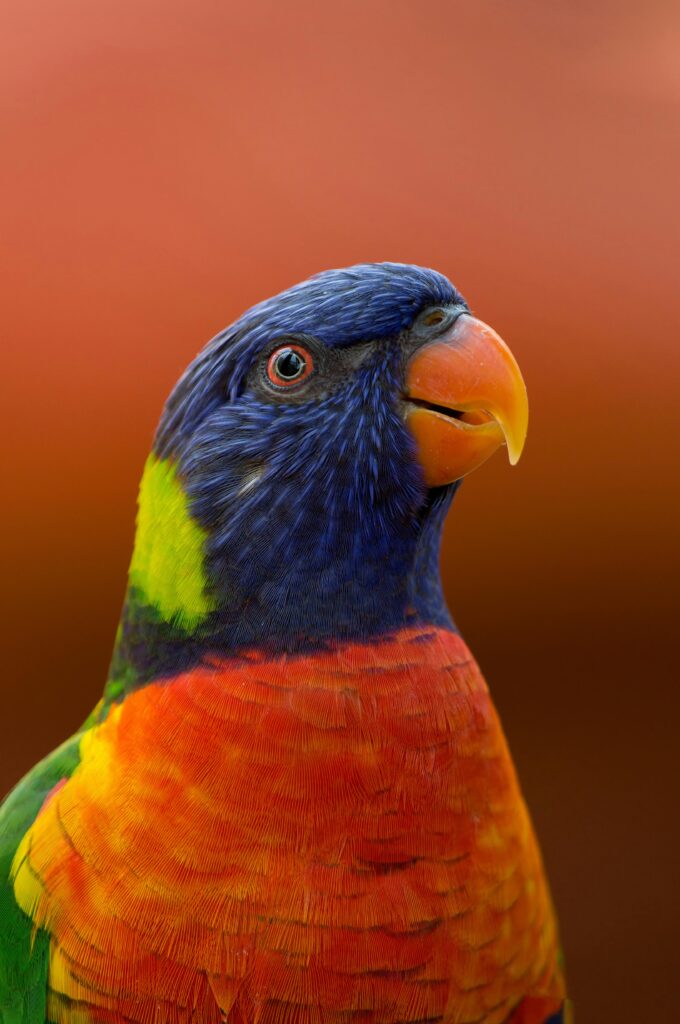
Overview
Lorikeets are medium-sized parrots found throughout Australasia and Southeast Asia. Their striking colors and lively nature make them a favorite among bird enthusiasts. However, they require specialized care — particularly a unique liquid-based diet — and thrive best with owners who can provide daily attention and enrichment.
Here’s a quick summary of what makes them special:
- Handling and Temperament: Extremely social, intelligent, and playful but can be demanding.
- Care and Maintenance: Moderate to high — need regular cleaning, attention, and a specialized diet.
- Health and Durability: Hardy birds when cared for properly but prone to diet-related issues.
- Availability: Commonly available from breeders and avian rescues.
- Cost: Moderate to high — initial setup and food can be pricey.
- Overall: A delightful pet for experienced bird owners who want a highly interactive companion.
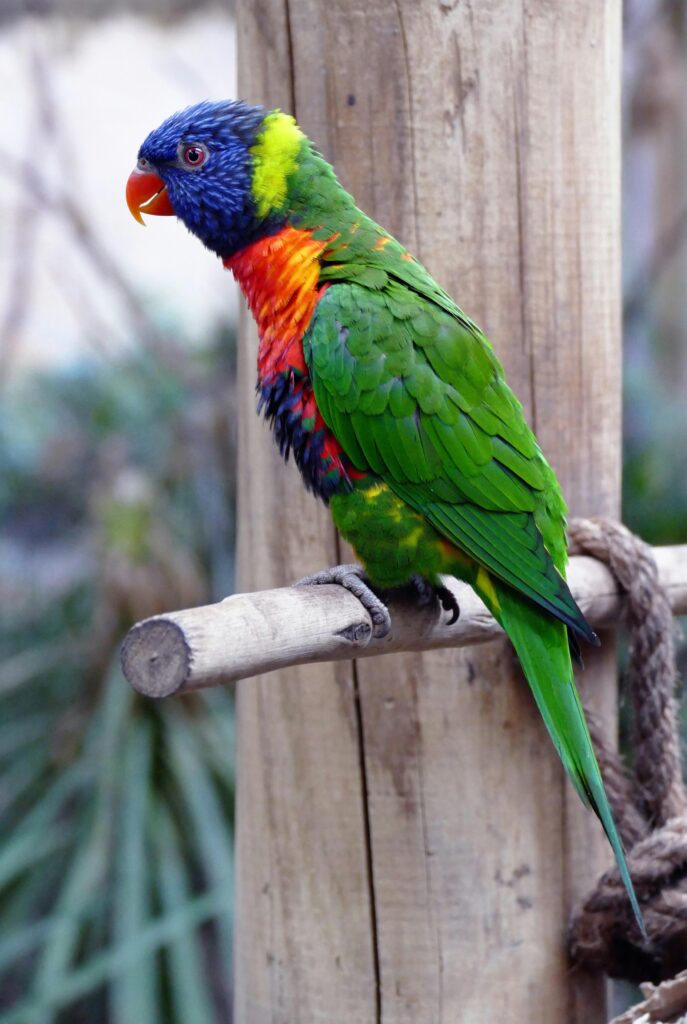
Why Choose a Lorikeet?
Lorikeets are truly living rainbows — not just in appearance but in personality. They are among the most curious, affectionate, and engaging parrots in the world. Known for their playful antics and vocal interactions, lorikeets form strong bonds with their owners and love being the center of attention.
However, these birds aren’t for everyone. Their diet requires special care (nectar-based rather than seed-based), and they can be quite noisy. For those who enjoy a lively household and constant companionship, lorikeets offer unmatched joy and color to daily life.
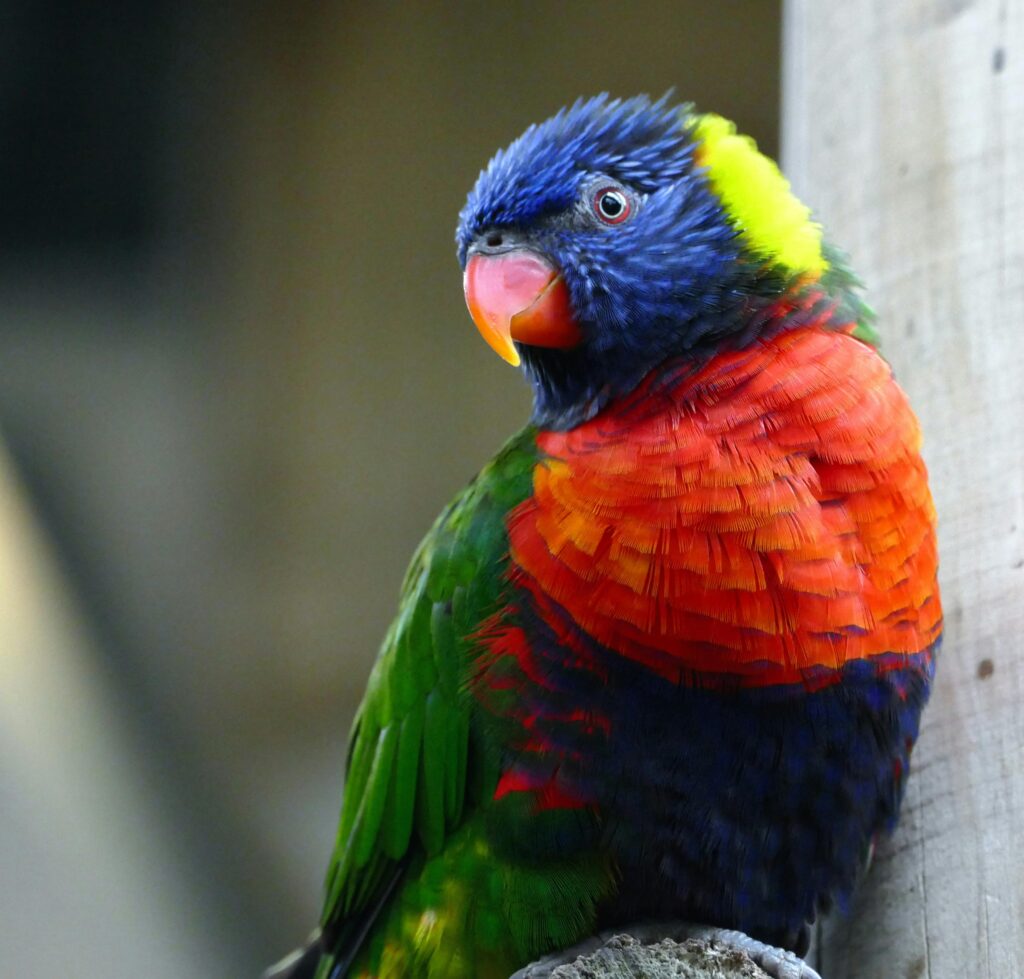
Handling and Temperament
Lorikeets are highly intelligent and affectionate, but their energy level is through the roof. These birds thrive on interaction — both physical and mental — and quickly get bored without stimulation.
Personality Traits
- Highly Social: Lorikeets love being around people. They’ll often perch on your shoulder, nibble your hair, or chatter endlessly to get attention.
- Playful and Mischievous: They’re known for exploring everything. Expect them to open cages, knock over cups, or investigate shiny objects.
- Affectionate: Lorikeets often show affection by licking or gently nibbling. They’re among the few parrots that show such “gentle” interaction.
- Vocal and Expressive: These birds are quite talkative and can mimic sounds or words, though not as clearly as larger parrots like cockatoos or African greys.
Handling Tips
- Handle them daily to maintain trust and bond.
- Avoid leaving them alone for long periods — they can develop behavioral issues from boredom.
- Keep interactions gentle and consistent. Sudden loud movements can startle them.
Biting
Lorikeets may nip when overstimulated or jealous, but they rarely bite aggressively. Consistent socialization helps prevent this behavior.
Overall, lorikeets are delightful companions full of personality, but they do require time, patience, and consistent engagement.
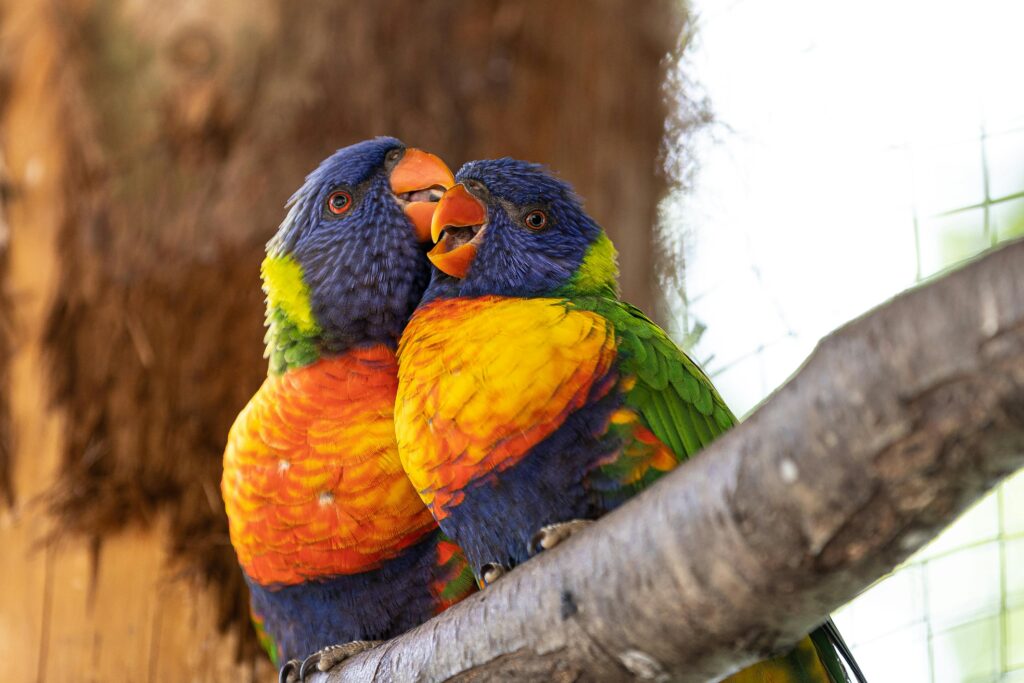
Care and Maintenance
Caring for a lorikeet is rewarding but more involved than with seed-eating parrots. Their diet, cage setup, and hygiene all require attention.
Enclosure Setup
Cage Size
A minimum of 36 x 24 x 36 inches is recommended for one lorikeet. They need ample space to flap their wings, climb, and hang upside down — something they love doing.
Cage Type
Opt for stainless steel or powder-coated metal cages, as lorikeets’ droppings are acidic and can corrode weaker materials.
Interior
- Perches: Provide natural wood perches of different diameters to promote foot health.
- Toys: Rotate a variety of foraging toys, bells, and chewable items weekly. Lorikeets are intelligent and need constant mental stimulation.
- Bathing Area: Lorikeets enjoy bathing and should have a shallow dish or misting daily.
Cleanliness
Lorikeets are famously messy. Their liquid diet leads to splashy droppings, so daily cleaning is essential. Many owners line the cage bottom with newspaper and use cage skirts or splash guards to contain mess.
Clean all feeding dishes and perches daily to prevent bacterial growth, and give the cage a full scrub-down weekly.
Diet and Feeding
Diet is the most distinctive and crucial part of lorikeet care. Unlike most parrots, lorikeets feed primarily on nectar and pollen in the wild.
In Captivity
- Lorikeet Nectar Mix: A commercial lorikeet diet (like Vetafarm or Wombaroo) mixed with water is the foundation of their diet.
- Fresh Fruits: Offer soft fruits such as apples, grapes, papaya, banana, and melon. Avoid citrus in excess.
- Vegetables: Offer small portions of leafy greens, carrots, or peas for fiber.
- Avoid Seeds: Seeds can harm their digestive systems — lorikeets’ brush-tipped tongues are designed for liquid diets, not cracking seeds.
Feeding Schedule
- Feed twice daily — morning and evening.
- Remove uneaten nectar after 4–6 hours to avoid fermentation.
Supplements
Lorikeets on high-quality commercial nectar diets rarely need extra supplements, but calcium can be offered occasionally through cuttlebones.
Water
Provide fresh, clean water daily — preferably in a dish rather than a bottle.
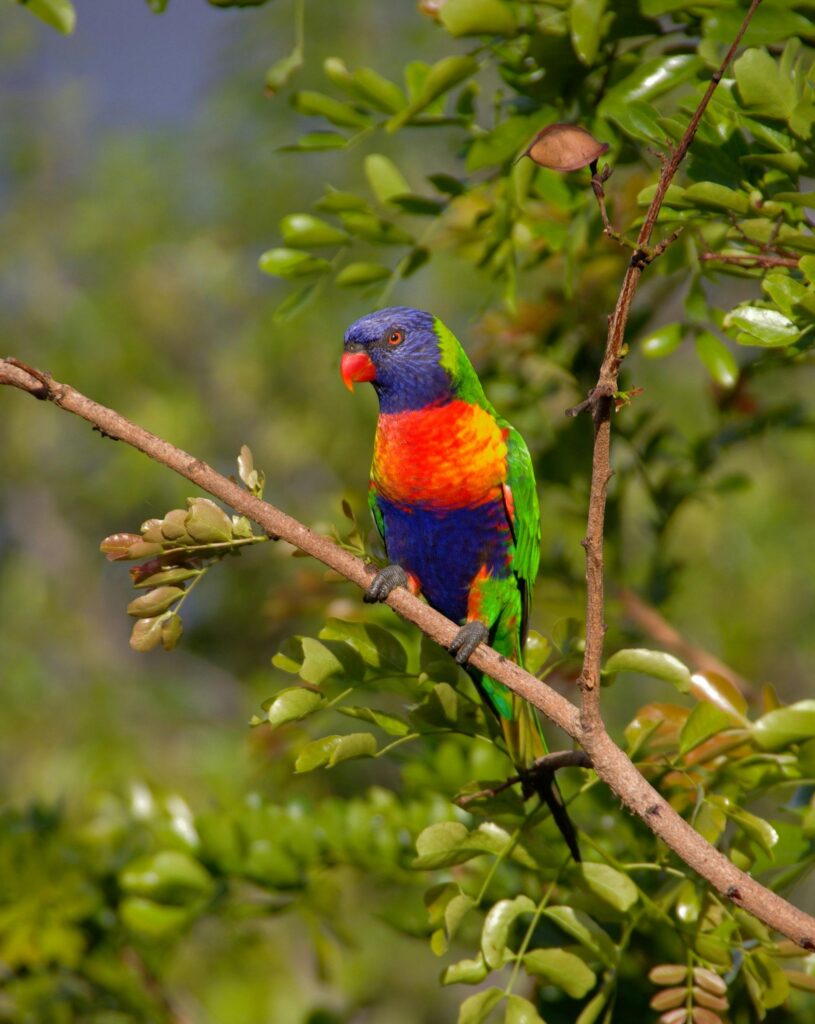
Health and Durability
Lorikeets are generally robust and can live 15–25 years in captivity with proper care. However, their health heavily depends on diet and hygiene.
Common Health Issues
- Sour Crop: Caused by spoiled nectar or overfeeding. Prevent by cleaning bowls and removing old food promptly.
- Nutritional Deficiencies: From poor-quality diets or feeding too much fruit.
- Psittacine Beak and Feather Disease (PBFD): A viral disease affecting parrots, often fatal. Always purchase from tested, reputable breeders.
- Bacterial Infections: Resulting from dirty cages or food containers.
Preventative Care
- Maintain strict cleanliness of all feeding equipment.
- Schedule annual avian vet check-ups.
- Provide a varied diet and adequate mental stimulation.
With proper attention, lorikeets are long-lived and spirited companions that can stay active and playful well into their senior years.
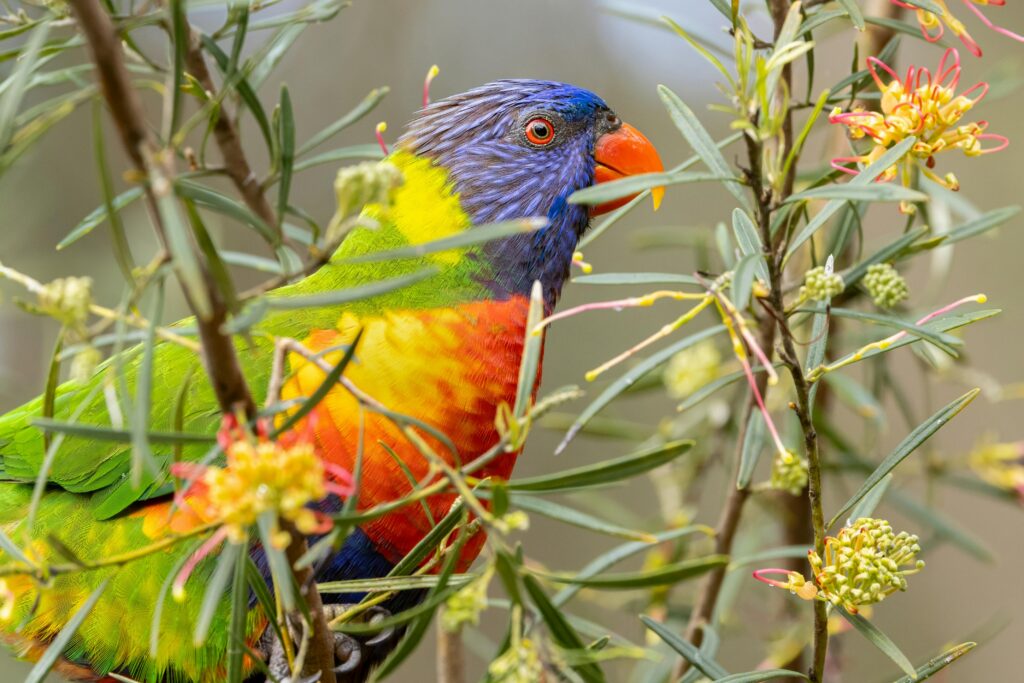
Availability and Cost
Lorikeets are relatively easy to find, especially in regions like Australia, New Zealand, and Southeast Asia. However, it’s best to buy from a reputable breeder or rescue to ensure a healthy bird and proper socialization.
Where to Buy
- Breeders: Offer hand-raised, socialized birds that adapt well to human interaction.
- Avian Rescues: Many lorikeets end up in rescues due to their messiness or loud nature — adopting one can be rewarding.
- Pet Stores: Available but often pricier and less socialized.
Cost Breakdown
- Lorikeet Price: $400–$900 for common species like Rainbow Lorikeets; rarer types (e.g., Red-collared Lorikeets) can exceed $1,200.
- Cage and Setup: $300–$600 depending on size and accessories.
- Monthly Maintenance: Around $30–$50 for food and cleaning supplies.
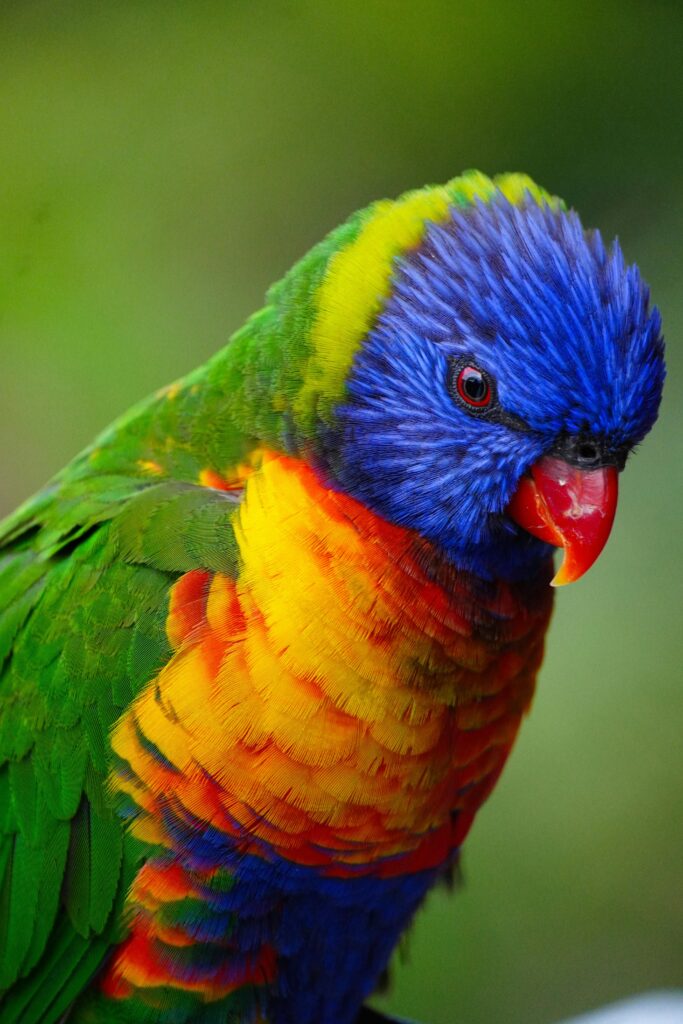
Pros and Cons
Pros
✅ Incredibly colorful and beautiful.
✅ Extremely social, playful, and intelligent.
✅ Can learn simple words and tricks.
✅ Long lifespan with proper care.
✅ Bring a lively, joyful energy to any home.
Cons
❌ Very messy — require daily cleaning.
❌ Loud and vocal, not ideal for apartments.
❌ Specialized diet that demands attention.
❌ Need lots of interaction and mental stimulation.
❌ Prone to jealousy and attention-seeking behavior.
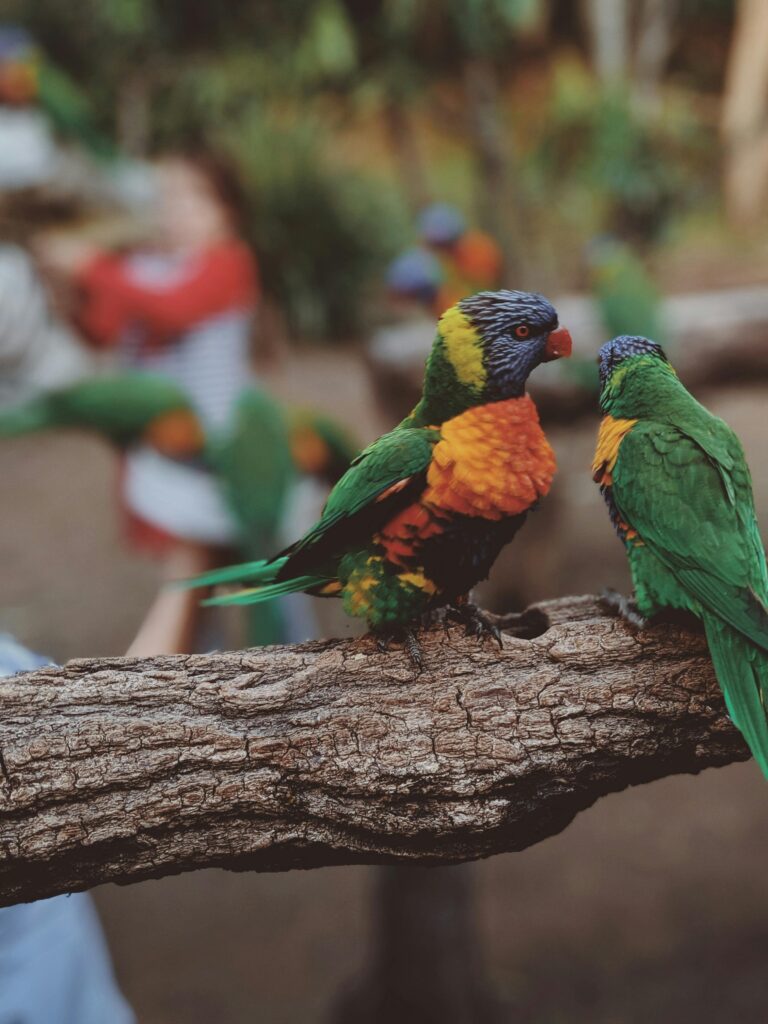
Final Thoughts
Lorikeets are one of the most engaging and entertaining bird companions out there. Their vivid colors, playful nature, and social intelligence make them truly stand out among parrots. However, they’re best suited for owners who have time, patience, and a love for active, sometimes noisy pets.
Their care — especially diet and hygiene — requires dedication, but the bond they form in return is deeply rewarding. For those willing to invest effort and affection, a lorikeet will repay it with endless energy, laughter, and color for decades to come.
If you’re considering bringing a lorikeet home, take time to meet a few in person — their charm and character are hard to resist once you’ve experienced them firsthand.
Have you cared for a lorikeet before? Share your experience in the comments — we’d love to hear how these little rainbows have brightened your life.
For more bird care tips and reviews, stay tuned to our blog and don’t forget to subscribe to our newsletter! 🌈🐦

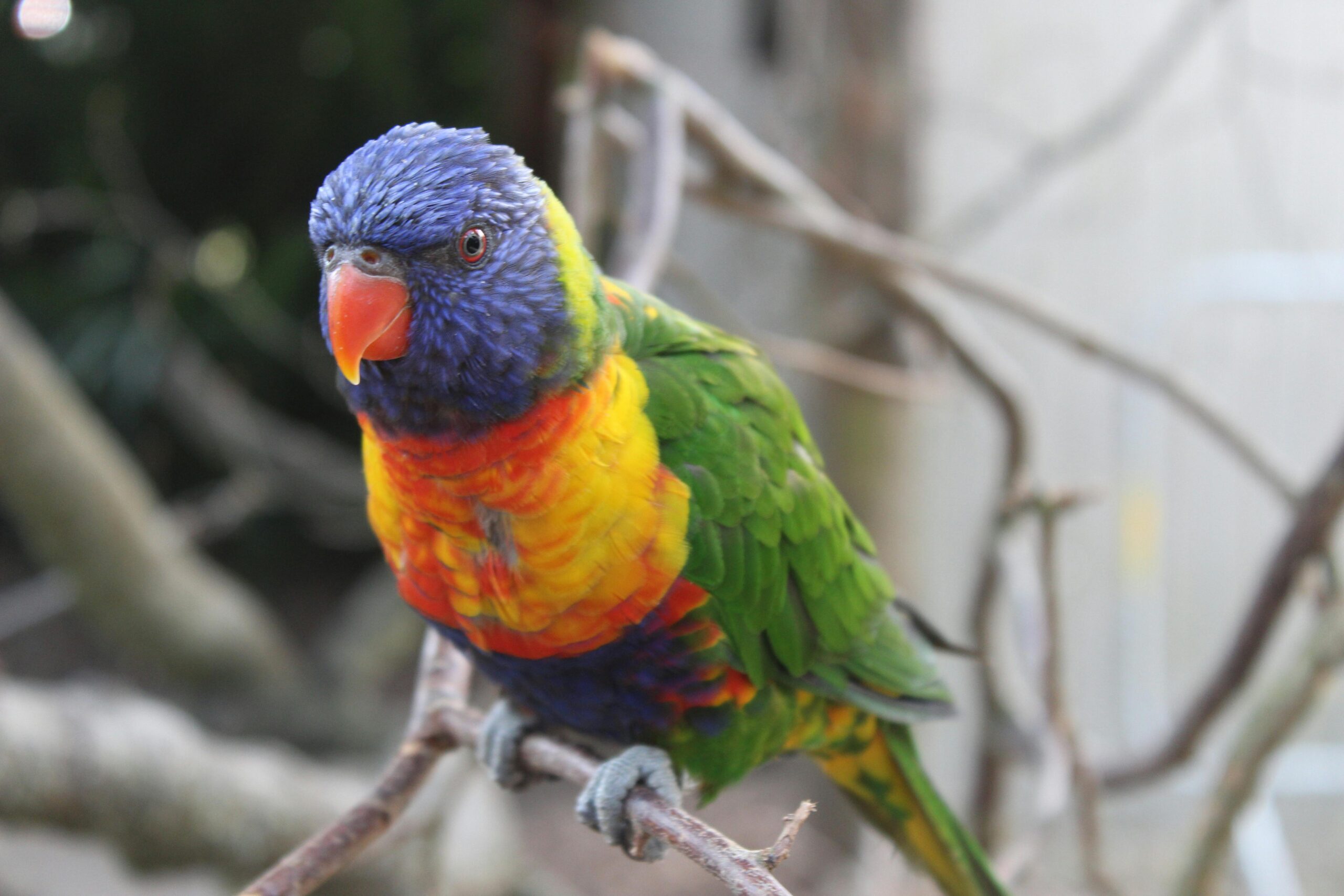

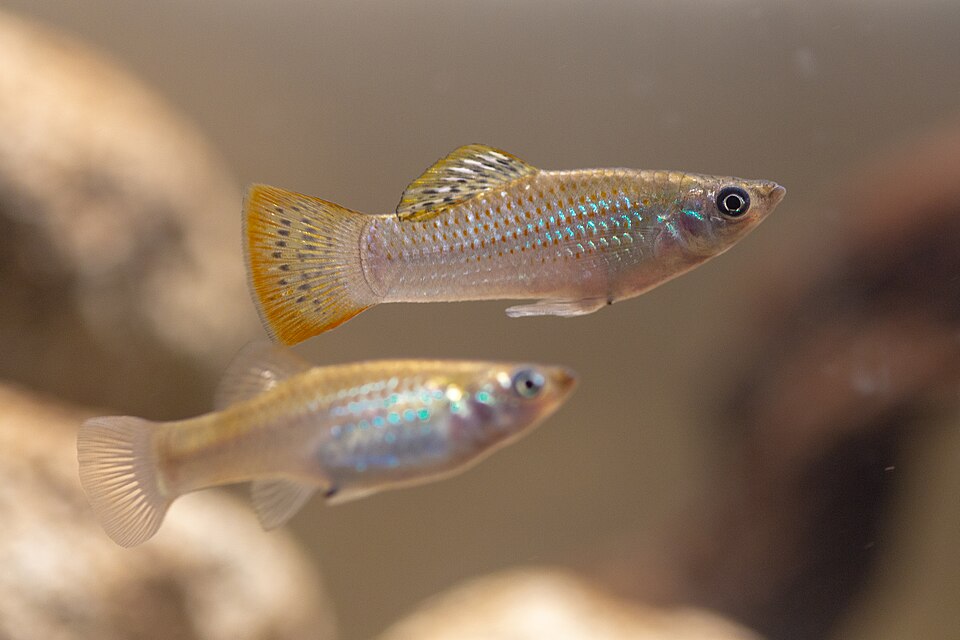
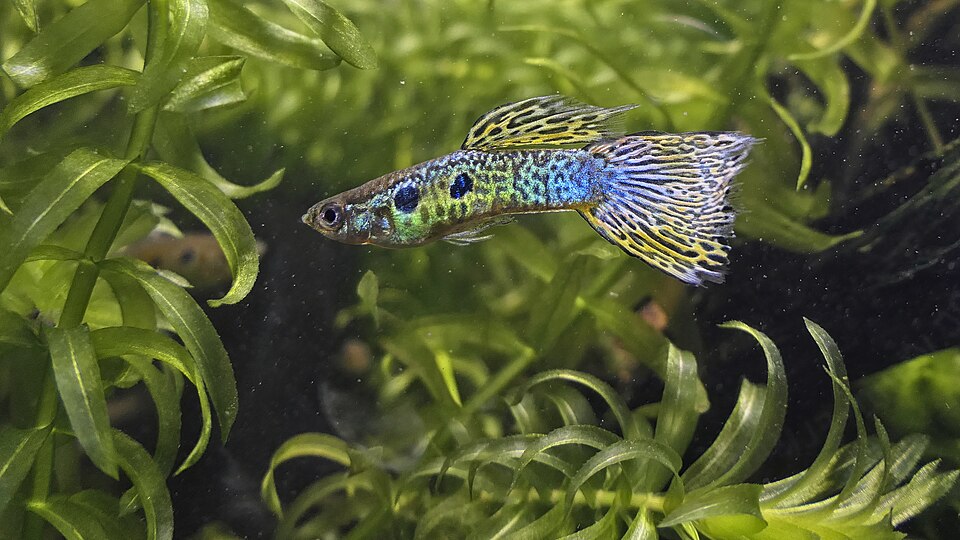
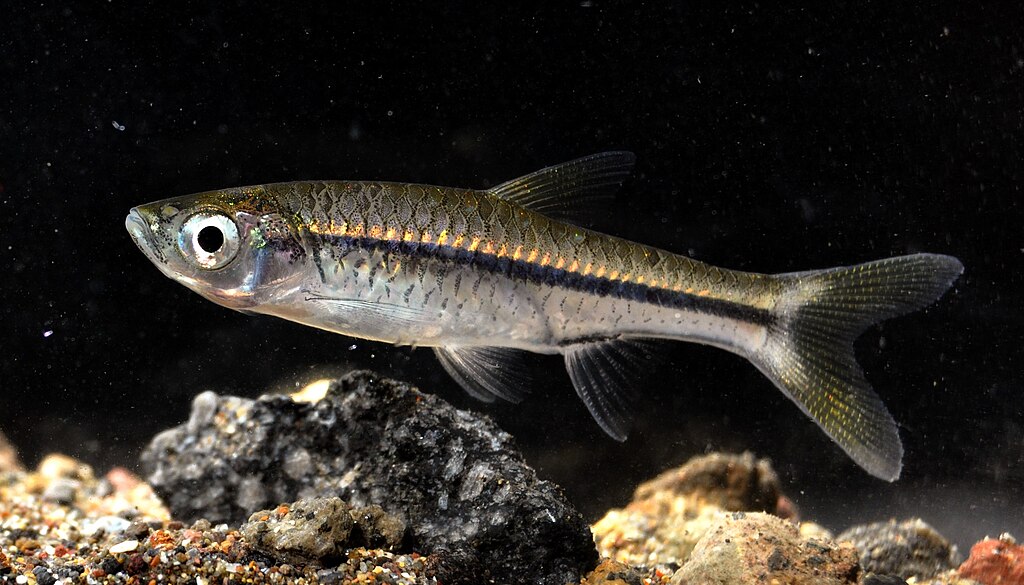
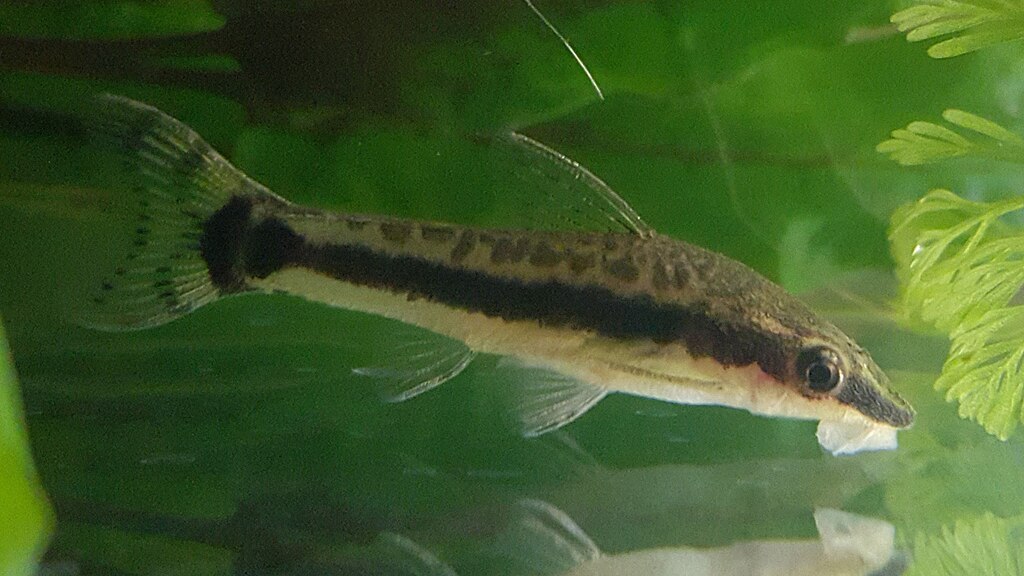

Leave a Reply